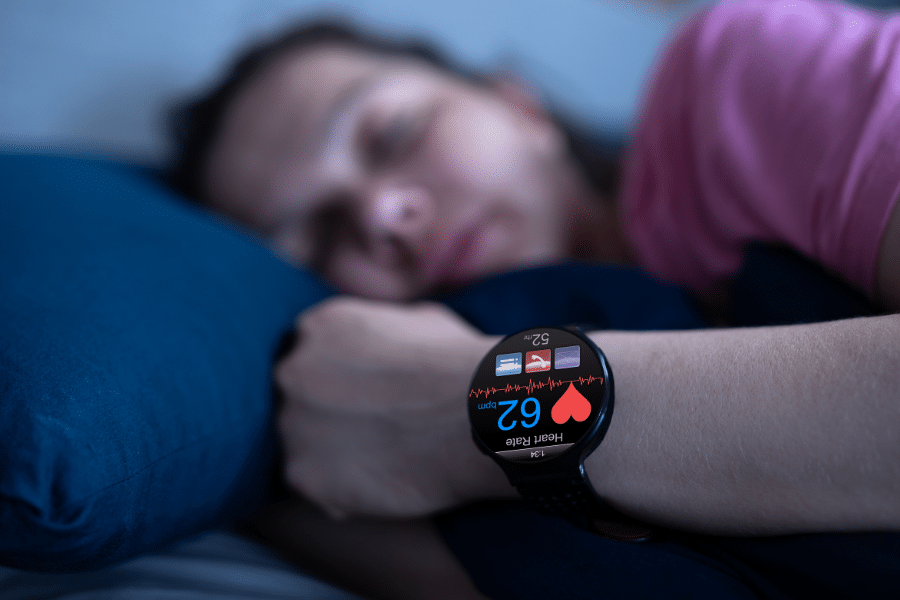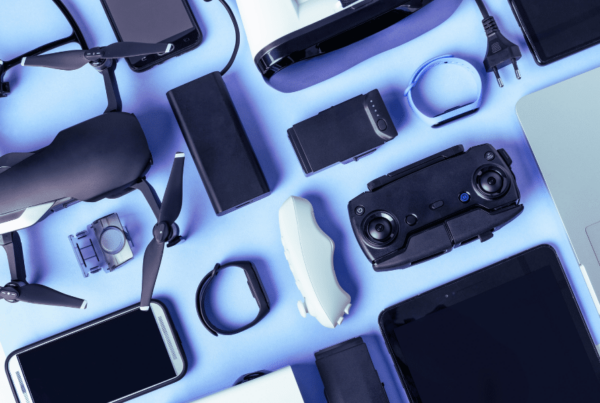Biohacking has evolved from a niche concept to a widespread movement as people seek to control their health and performance. As technology advances and wellness trends shift, biohacking becomes more relevant in our daily lives. Furthermore, with the rise of wearable technology, personalised health data, and a growing interest in longevity and mental optimisation, more people are looking for ways to push the limits of what the human body can accomplish.
What Is Biohacking and How Does It Work?
Biohacking is the practice of making small, progressive changes to your body and lifestyle in order to improve performance, health, and well-being. Think of it as “hacking” your biology, but instead of coding on a computer, you are adjusting your exercise, diet, sleep patterns, or even your body’s natural functions with the help of technology.
There is no one-size-fits-all approach to biohacking, which can range from simple lifestyle changes like eating habits to more advanced techniques like placing devices on your body. The goal is to become the best version of yourself by using data, science, and, in some cases, modern technology to make smart choices about how to improve your life.
Some biohackers prioritise wellness, hoping to sleep better, have more energy, or improve their mental clarity. Others go even further, experimenting with technology to monitor vital signs or even change their biology in extreme ways. Regardless of your approach, the goal is to make deliberate choices that improve how you feel, think, and function.
Top Biohacking Technologies to Improve Your Health and Performance

If you’re just starting out, it might be overwhelming to figure out where to begin. The good news? You don’t have to jump into extreme experiments right away! There are plenty of simple biohacking techniques that anyone can try to improve health and performance.
1. Wearable Devices and Trackers
Wearable devices and health trackers are one of the most simple and effective ways to get started with biohacking. These tools allow you to track important aspects of your health, including physical activity, heart rate, sleep patterns, and even stress levels. Fitbit, Apple Watch, and Oura Ring are popular options that provide real-time data to help you better understand your body and make changes to your routine.
Wearables, for example, can track how many steps you take per day, how long you spend in different stages of sleep, and how your heart rate changes during exercise. With this information, you can make changes to your activity, sleep, or diet to improve your overall health. Many of these devices also provide personalised insights, recommending how to improve your performance based on your data.
2. Continuous Glucose Monitors
Another popular biohacking device is the continuous glucose monitor (CGM), which measures blood sugar levels in real time. CGMs were originally designed for diabetics, but many biohackers use them to learn how different foods, exercise, and even sleep affect their glucose levels. Maintaining stable blood sugar levels can help you feel more energised, sleep better, and think clearly.
With a CGM, you can see how your body reacts to different foods and tailor your diet to avoid energy crashes. This is especially useful for those trying out diets like keto or intermittent fasting, where blood sugar stability is essential.
3. Heart Rate Variability (HRV) Trackers
Heart rate variability (HRV) monitoring is a popular biohacking technique to measure stress levels and physical recovery. HRV is the variation in time between heartbeats. HRV is tracked by gadgets like the Whoop Strap and Oura Ring, which enables you to comprehend your body’s stress reaction. While a lower HRV may indicate stress or overexertion, a higher HRV typically indicates better recovery and fitness.
4. Cognitive Tools
Biohackers also use technology, such as EEG headsets and Transcranial Direct Current Stimulation (tDCS), to monitor brainwave activity. EEG is used to help you train your brain to achieve states of deep focus, relaxation, and creativity. Also, it enables you to track and improve your cognitive function, making them popular among those seeking to enhance their mental performance.
Apart from EEG, tDCS delivers mild electrical currents to specific regions of the brain to enhance learning, memory, and cognitive processing. While still being researched, many biohackers use tDCS to boost brain power, improve attention, or even accelerate the learning process.
The Role of Technology in Modern Biohacking Practices
Technology plays an important role in biohacking, particularly for those who enjoy tracking data. Wearables such as Fitbits, Apple Watches, and Oura Rings provide real-time data on your physical activity, heart rate, sleep, and more. This data lets you identify patterns and make informed decisions about your habits.
But biohackers don’t stop with wearables. Some people experiment with more extreme technology, such as continuous glucose monitors to track blood sugar levels or even implanting RFID chips in their bodies for convenience (imagine unlocking doors or paying with a wave of your hand!).
Ready to Start Biohacking?
Biohacking might sound like a futuristic concept, but it is accessible to anyone willing to try things with small, data-driven changes. To reap the benefits, you don’t have to undergo surgery or stick to strict diets. Start with simple steps, such as changing your diet, getting more sleep, or using technology to track your habits, and see how you feel.
Finally, biohacking is about taking control of your own health and performance by combining science and self-experimentation to live your best life. Whether you want to improve your brain power, increase your energy levels, or simply feel better overall, biohacking is an intriguing way to discover what your body and mind are truly capable of.








